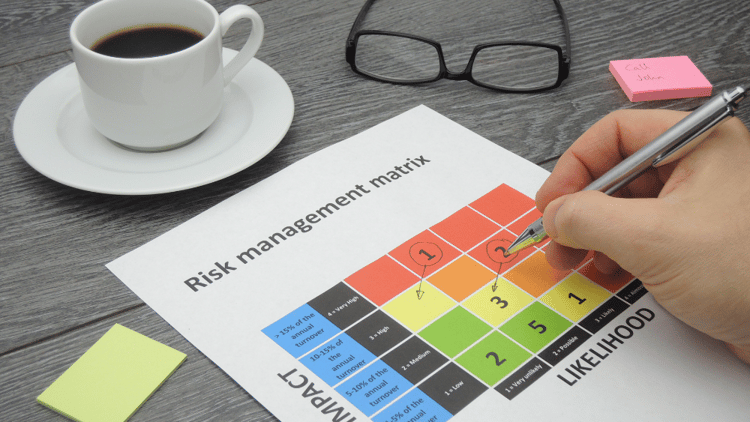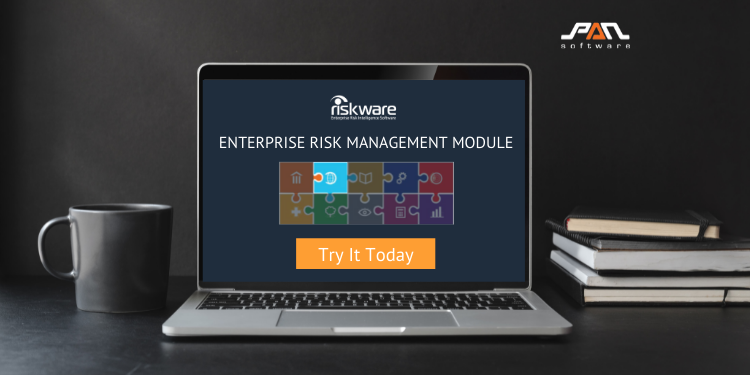While a risk register is a common feature in most organisations these days, there can be a vast difference in the value it brings. As a basic risk management tool it allows you to identify potential risks and track them for compliance. But it can be so much more.
If you’re looking at your risk register as a one-off task that’s done out of obligation, you’re missing a massive opportunity to utilise a tool that will actively help you to do things better. A dynamic risk register will inspire action and change which will help you to avoid the identified risks—and in doing so will also save your organisation time, money and face.

Creating a meaningful risk register doesn’t need to be labour-intensive or take up lots of your time. In this article we share 3 simple steps to creating a risk register in record time that brings real value to your organisation, now and in the future.
Start with a full understanding of the elements and purpose
Before you start pulling your register together, take a moment to understand the various parts of the register and the underlying purpose behind each. While there are many different formats and templates you can use, most follow a similar structure that includes the following:
- Risk identification: This covers the key information about each risk. It’s a good idea to place each risk into a category, provide a description and allocate an identification number for ease when reporting and tracking.
- Risk analysis: Here you’ll look at the risks in more detail including what potential impact the risk could have, the likelihood of it occurring and the consequence of what would happen if it occurred.
- Risk evaluation: Here you’ll rank the level of risk, and this is generally on a scale of low, medium, high and extreme. The risk level is usually based on your analysis of the likelihood and consequence. It’s also a good idea to determine a trigger point for when action needs to be taken if the risk eventuates.
- Risk treatment: Finally, you’ll need to include a prevention plan and a contingency plan, as well as identify who is ultimately responsible for managing the risks and what (if any) level of risk would remain once the contingency plan has been activated.
Create meaningful and relatable responses
When identifying risks and creating the various parts of the register, try to keep a wide view of the possibilities and their impacts and put some weight behind your responses. While it can seem tedious to complete the steps for each risk then repeat it for others, keep in mind that a little extra effort and thought now could just save you and your organisation from a minor or major disaster.
It’s also a good idea to view it as a starting point for your living, dynamic risk register. While you don’t want quick responses that lack meaning, you also don’t want to be agonising over each part trying to get it perfect. Your risk register can and should be updated as things change or you have new ideas about what might work better. Get your best info down but keep your mind open and on the lookout for updates and additional information that can improve the value ongoing.
Use software to create a dynamic document
Now you may be thinking at this point that it could get messy and potentially be quite time consuming managing all this in a spreadsheet—and you’re probably right! That’s where risk management software comes in. From the set up, maintenance and updates, through to analysis and reporting, having a system that is custom built to help you identify and mitigate potential risks is highly valuable for any organisation operating in today’s times.
Make it meaningful and dynamic
With the right systems and approach your risk register can be so much more than an obligation or afterthought. When you fill it with meaningful data that is regularly reviewed and revised, the important things you and your team can do on a daily basis to avoid risks will always be front of mind.
Risk management software allows your risk register to be dynamic, meaningful and easy to use—if you’re keen to see how it could work for your business, get in touch to organise a free trial today!







Comments